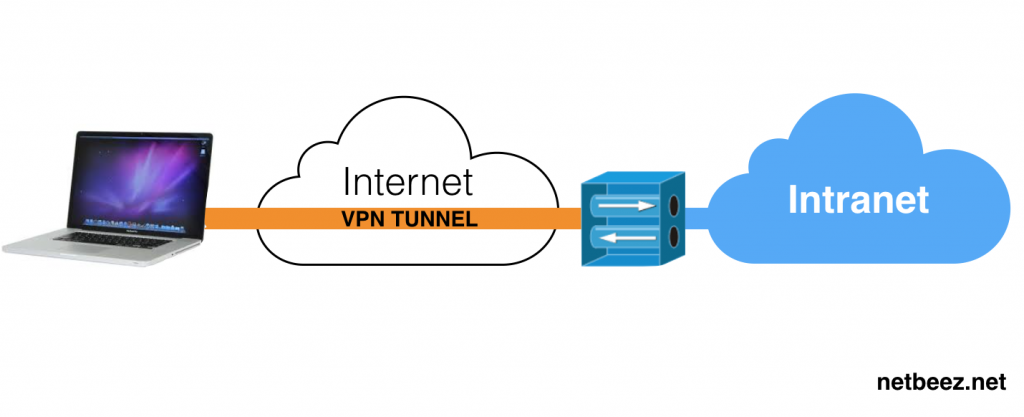
The most common obfuscation techniques are: However, while the means are different, the goal is always the same: it encrypts, exchanges and hides the VPN metadata within the data packets. Or, the VPN service might opt to scramble the data to make it unrecognizable to the algorithm. Obfuscation technology may use an additional layer of encryption able to escape from DPI inspections. The good news is it's one of the most common protocols that all the top providers have it among their offer.Ĭurrently it appears that only the Shadowsocks technique - which we will look at in more detail below - seems to work with WireGuard, one of the more recent entries into the world of VPN protocols. Notably, these usually only work when you are using the OpenVPN protocol. There are several ways that providers obfuscate VPN traffic. However, connecting to an obfuscated server will hide any traces of your VPN from the data packet, meaning that you'll be able to access sites that restrict VPN users. You then won't be able to enter certain sites, receiving an 'access denied' or 'proxy error' alert on your screen. If you're using a VPN, a DPI check will detect the metadata characterizing your encrypted tunnel.

Each of these packets brings with it some metadata describing the kind of protocol used to transfer this data. So, any information moving within the intricate web of the internet does so via something known as data packets. To understand this, let's first look at how data travels throughout the web. Now that you know what VPN obfuscation's goal is, you're probably wondering how it actually works in practice. Even the most privacy-unfriendly nations around will struggle to determine that you are surfing the net with a VPN active. In that case, your ISP can block your access to the internet.Īs the name suggests, obfuscation technology hides your VPN traffic, making it look like a normal connection. In fact, even though your activities are untraceable, close examination of your traffic might reveal you're using a VPN. Prompted by companies and authorities, ISPs may use Deep Packet Inspection (DPI) to understand whether or not you're connected via a VPN.


 0 kommentar(er)
0 kommentar(er)
